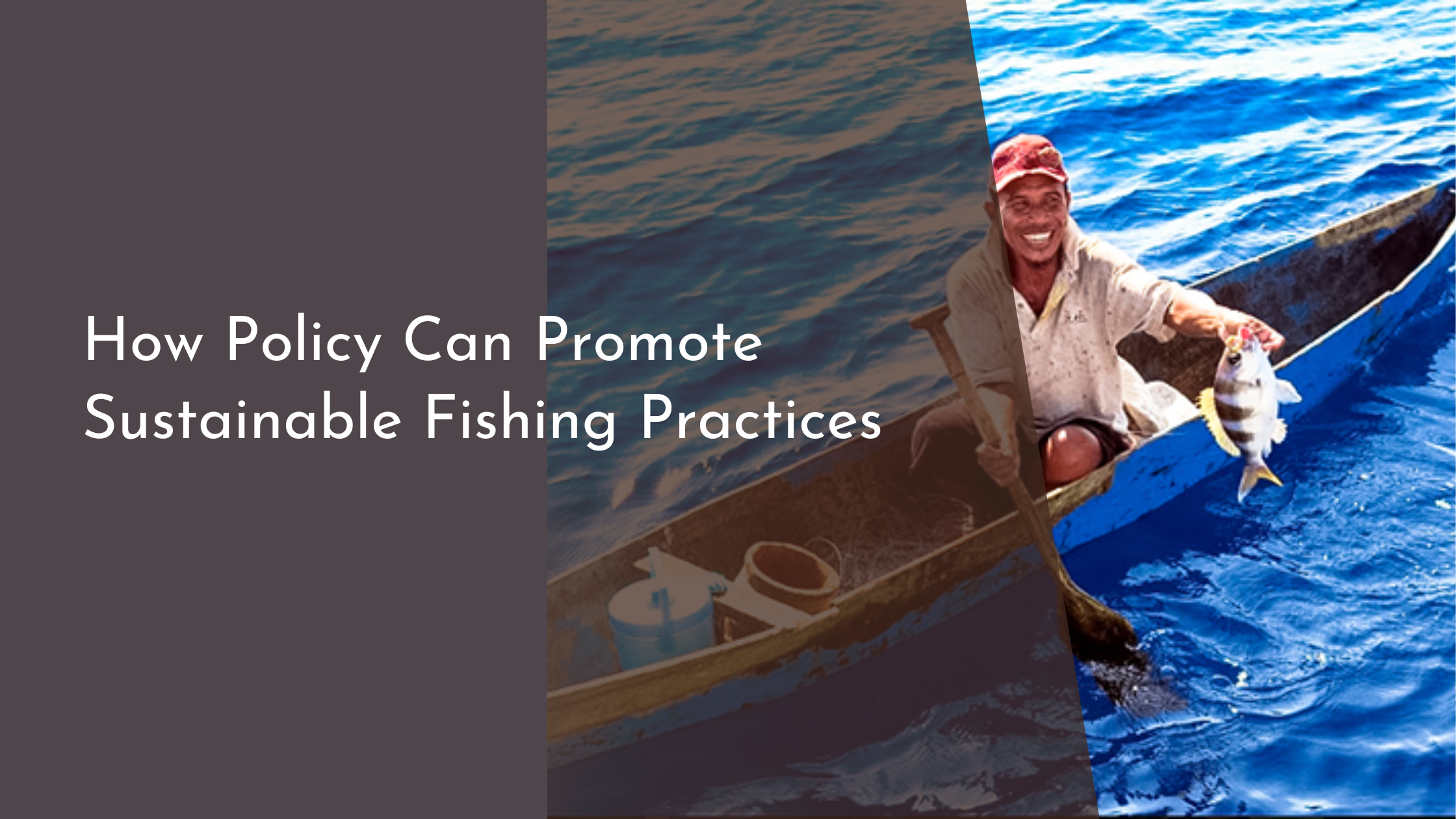How Policy Can Promote Sustainable Fishing Practices
Sustainable fishing practices are becoming increasingly crucial as global fish stocks face unprecedented pressures from overfishing, habitat destruction, and climate change. Through thoughtful policy interventions, governments and organizations can ensure that fishing remains a viable industry, supporting ecosystems and communities worldwide. In this article, we will explore the need for sustainable fishing, examine key policies for effective fisheries management, discuss the importance of community engagement in policy implementation, and highlight innovative solutions and future opportunities to promote ecological conservation and economic prosperity.
Understanding the Need for Sustainable Fishing
The world’s oceans are a finite resource, and the ever-growing demand for seafood has placed immense pressure on marine ecosystems. Overfishing disrupts the balance of marine life, leading to the depletion of key species and affecting biodiversity. This not only endangers the fish populations themselves but also threatens the livelihoods of the millions of people who rely on fishing for their income. Sustainable fishing practices are essential to preserve marine life, ensure future seafood supply, and maintain the health of ocean ecosystems.
Moreover, the environmental impact of unsustainable fishing practices extends beyond just overfishing. Destructive techniques, such as bottom trawling, can cause significant damage to marine habitats like coral reefs and sea floors. By transitioning to sustainable fishing practices, we can reduce the environmental footprint of the fishing industry. This would result in healthier oceans, which contribute to the overall wellbeing of the planet by supporting a diverse array of life, providing oxygen, and helping to regulate the Earth’s climate.
Key Policies for Sustainable Fisheries Management
One of the most effective tools for promoting sustainable fishing practices is the implementation of science-based catch limits. These limits are established through rigorous scientific assessments of fish stock health, ensuring that fishing activities do not exceed the capacity of fish populations to replenish themselves. By adhering to these limits, fisheries can prevent overfishing and support the long-term sustainability of marine ecosystems. Additionally, policies that mandate regular stock assessments and adaptive management strategies can help address changes in fish populations due to environmental factors or human impacts.
Another key policy is the establishment of marine protected areas (MPAs), where fishing activities are either limited or entirely prohibited. MPAs provide safe havens for fish populations to recover and thrive, which can have a spillover effect, benefiting adjacent fishing areas. Alongside MPAs, enforcing regulations against illegal, unreported, and unregulated (IUU) fishing is vital. Strengthening international cooperation and surveillance to prevent such activities can protect fish stocks and preserve the integrity of marine ecosystems, ensuring equitable access to resources for legal and sustainable fisheries.
Engaging Communities in Policy Implementation
For sustainable fishing policies to be effective, it is crucial to engage local communities in their development and implementation. Fishermen and other stakeholders possess valuable insights into the dynamics of their local ecosystems and can provide critical input into policymaking. By involving them in the decision-making process, policymakers can foster a sense of ownership and responsibility towards sustainable practices, leading to higher compliance rates and more successful outcomes.
Community-based management systems, where local fishers play a direct role in regulating and monitoring fishing activities, have proven effective in promoting sustainable practices. Such systems encourage collaboration and knowledge-sharing among community members, empowering them to balance ecological health with economic needs. Investing in education and outreach programs can further strengthen community involvement, raising awareness about the long-term benefits of sustainable fishing and encouraging positive behavioral changes.
Innovative Solutions and Future Opportunities
Technological innovations hold significant potential for enhancing sustainable fishing practices. For instance, the development of more selective fishing gear can help reduce bycatch, the unintentional capture of non-target species. By designing gear that targets specific species or sizes, fishermen can minimize their impact on marine ecosystems while maintaining productive catches. Additionally, advancements in satellite monitoring and data analytics can improve tracking and enforcement, ensuring compliance with regulations and reducing incidents of IUU fishing.
Looking ahead, there are numerous opportunities to advance sustainable fishing practices through cross-sector collaboration and international partnerships. Partnerships between governments, NGOs, and the private sector can drive investment in sustainable fisheries infrastructure and support initiatives that promote circular economies, such as fishery co-management and value-added supply chains. By leveraging these partnerships, the global community can work collectively towards the shared goal of thriving oceans that support both people and the planet.
In conclusion, promoting sustainable fishing practices through effective policy measures is essential for the health of our oceans and the communities that depend on them. By understanding the need for sustainable fishing, enacting comprehensive policies, engaging local communities, and exploring innovative solutions, we can pave the way for a sustainable future. Protecting marine ecosystems not only ensures a stable food source but also safeguards biodiversity, mitigates climate change, and supports economic growth. As we move forward, collaborative efforts and a commitment to sustainable practices will be key to preserving our oceans for future generations.

